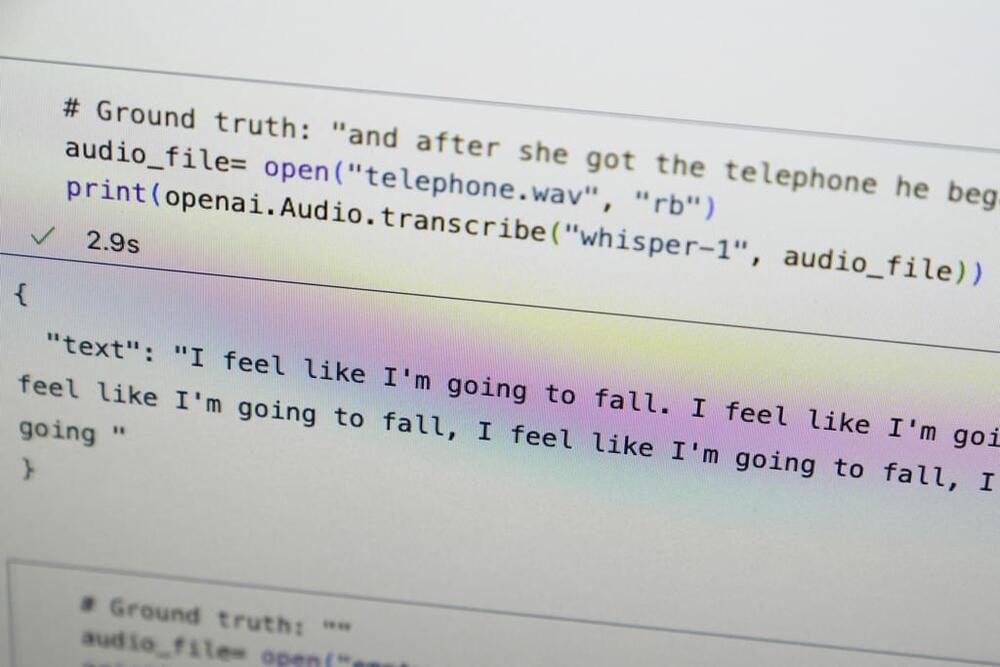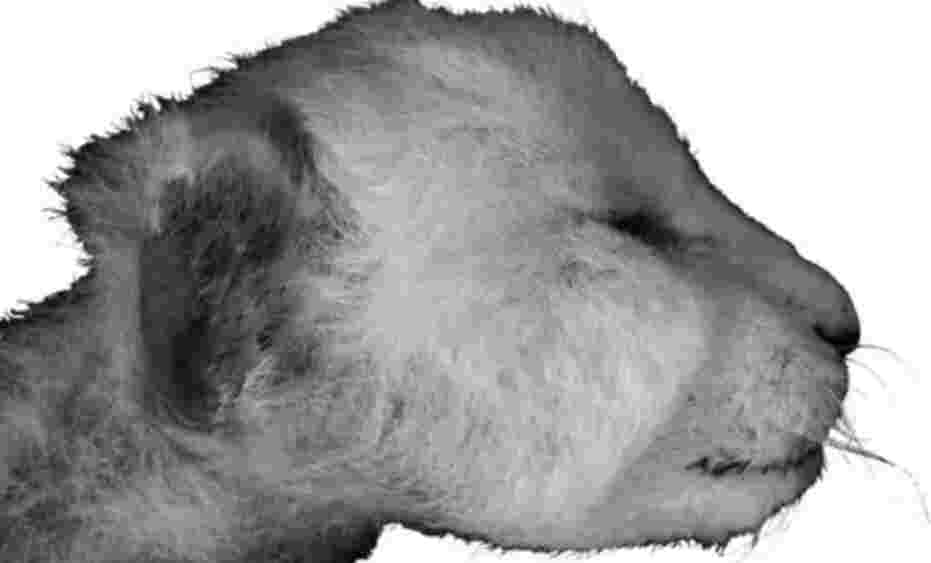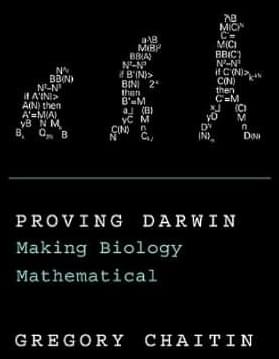Bluesky, a social network that’s experiencing a surge in users this week as users abandon X, says it has “no intention” of using user content to train generative AI tools.



VMware has announced that its VMware Fusion and VMware Workstation desktop hypervisors are now free to everyone for commercial, educational, and personal use.
In May, the company also made VMware Workstation Pro and Fusion Pro free for personal use, allowing students and home users to set up virtualized test labs and experiment with other OSs by running virtual machines and Kubernetes clusters on Windows, Linux, and macOS devices.
Starting this week, the Pro versions and the two products will no longer be available under a paid subscription model.


South Korean researchers have developed a groundbreaking photonic quantum circuit chip that promises to accelerate the global race in quantum computation.
This chip, capable of controlling up to eight photons, marks a significant leap forward in manipulating complex quantum phenomena like multipartite entanglement.
Breakthrough in photonic quantum circuit development.

Texas A&M University made a giant leap toward bolstering its contributions to space exploration on Friday, when university officials marked a groundbreaking ceremony for its $200 million space center in Houston. Work will begin in January on the Texas A&M University Space Institute, which is designed to support efforts in aeronauts, robotics and space engineering.
“As space exploration expands, there will be a growing demand for highly skilled engineers, scientists, and professionals. Texas A&M is ready,” said Texas A&M University System Chancellor John Sharp in a statement. “With this new facility, A&M will create workforce development opportunities in space-related fields.”

In 2025 and 2026, the company also plans to launch up to 60 next-generation BlueBird satellites with an even larger communications array. The satellites will enable AST SpaceMobile to offer “full continuous service” for potentially hundreds of millions of cellphone customers.
However, satellite industry analyst Tim Farrar notes that AST SpaceMobile still needs FCC approval before it can launch and operate more BlueBird satellites. In August, the US regulator tabled the company’s request to deploy 243 more satellites.

Artificial intelligence holds the potential to bring a commercial and economic rebirth for the United States and its allies. Yet the U.S. Congress is getting skittish. Its leaders are reportedly negotiating a lame-duck bill to regulate the AI industry.
As officials push and prod on the new technology, they should exercise caution.

Siberian permafrost has thrown up yet another surprise for scientists. In 2020, a saber-tooth cat cub was found preserved in the frozen soil. A team of researchers has now detailed their findings in a study published this week in the Nature journal Scientific Reports.
Notably, in 2018, the permafrost also revealed a remarkably preserved cave lion cub. It was almost in perfect condition.
The mummy of the saber-tooth cat includes the animal’s entire head and one forelimb, its shoulders and rib cage, and one of its hind legs. To understand which species of the saber-tooth cat it belonged to, the team decided to study the mummy’s head and dental features.

